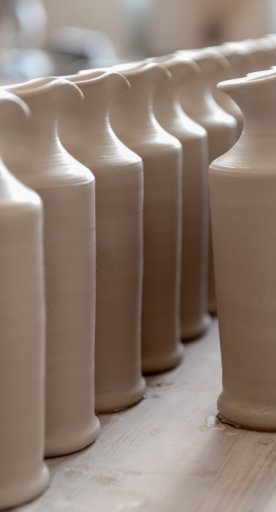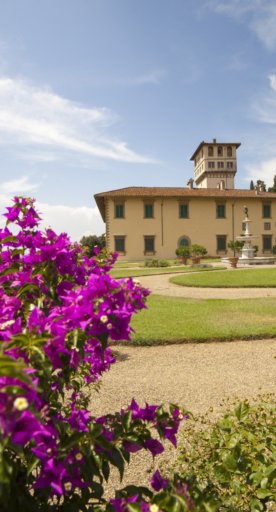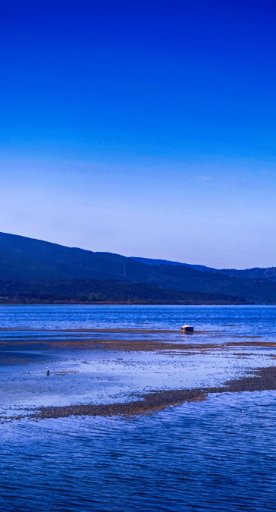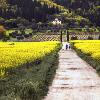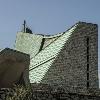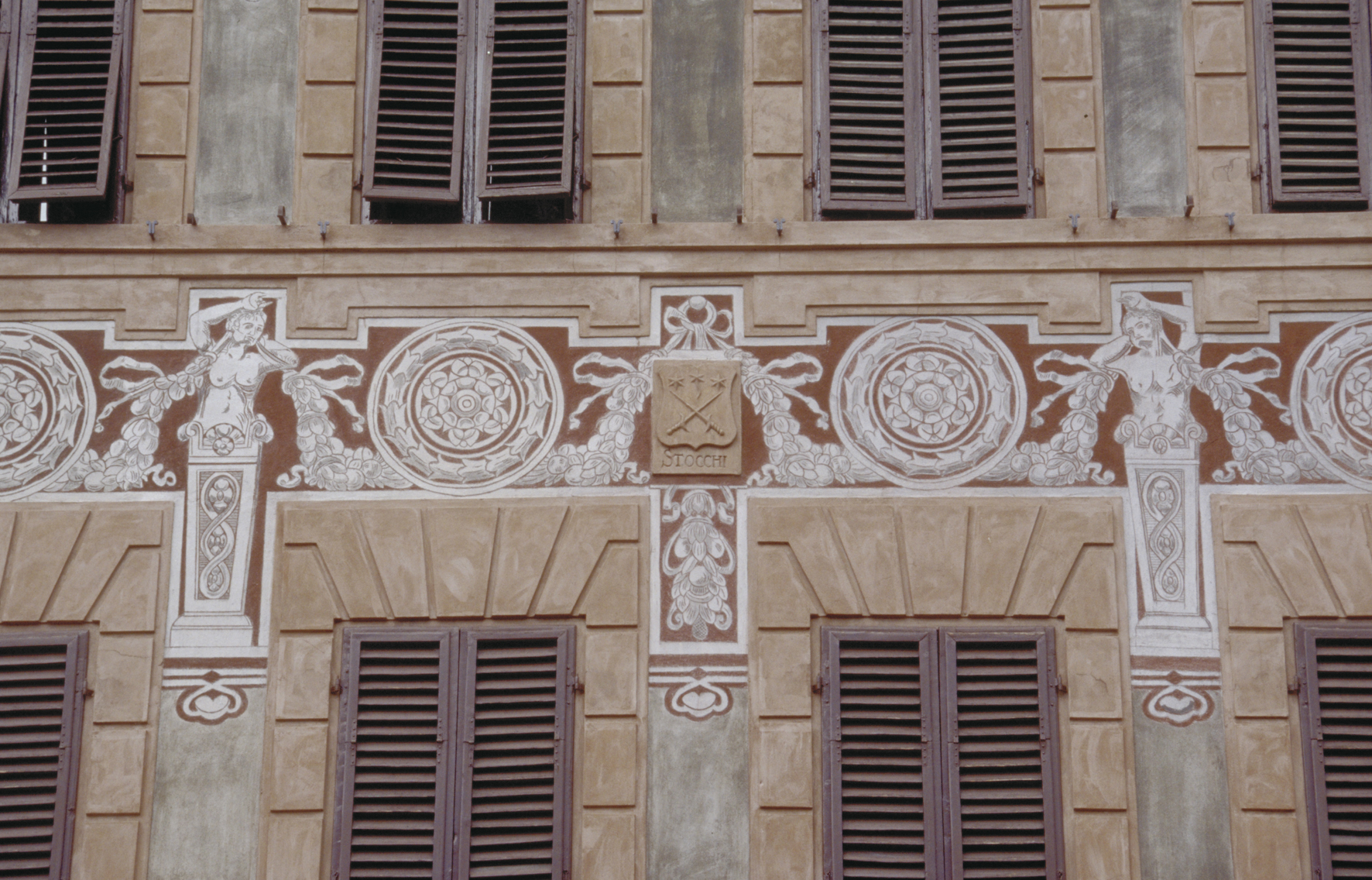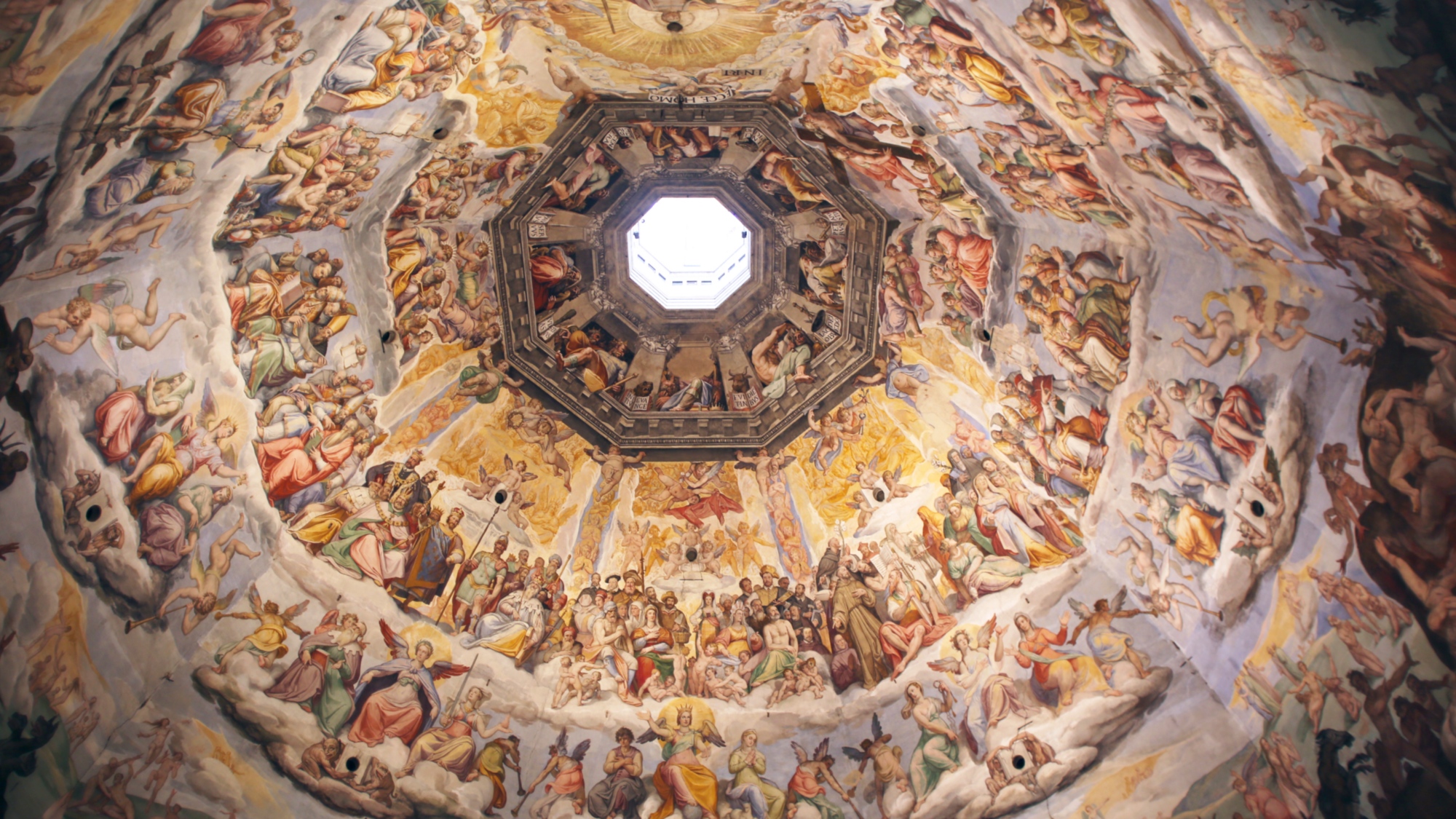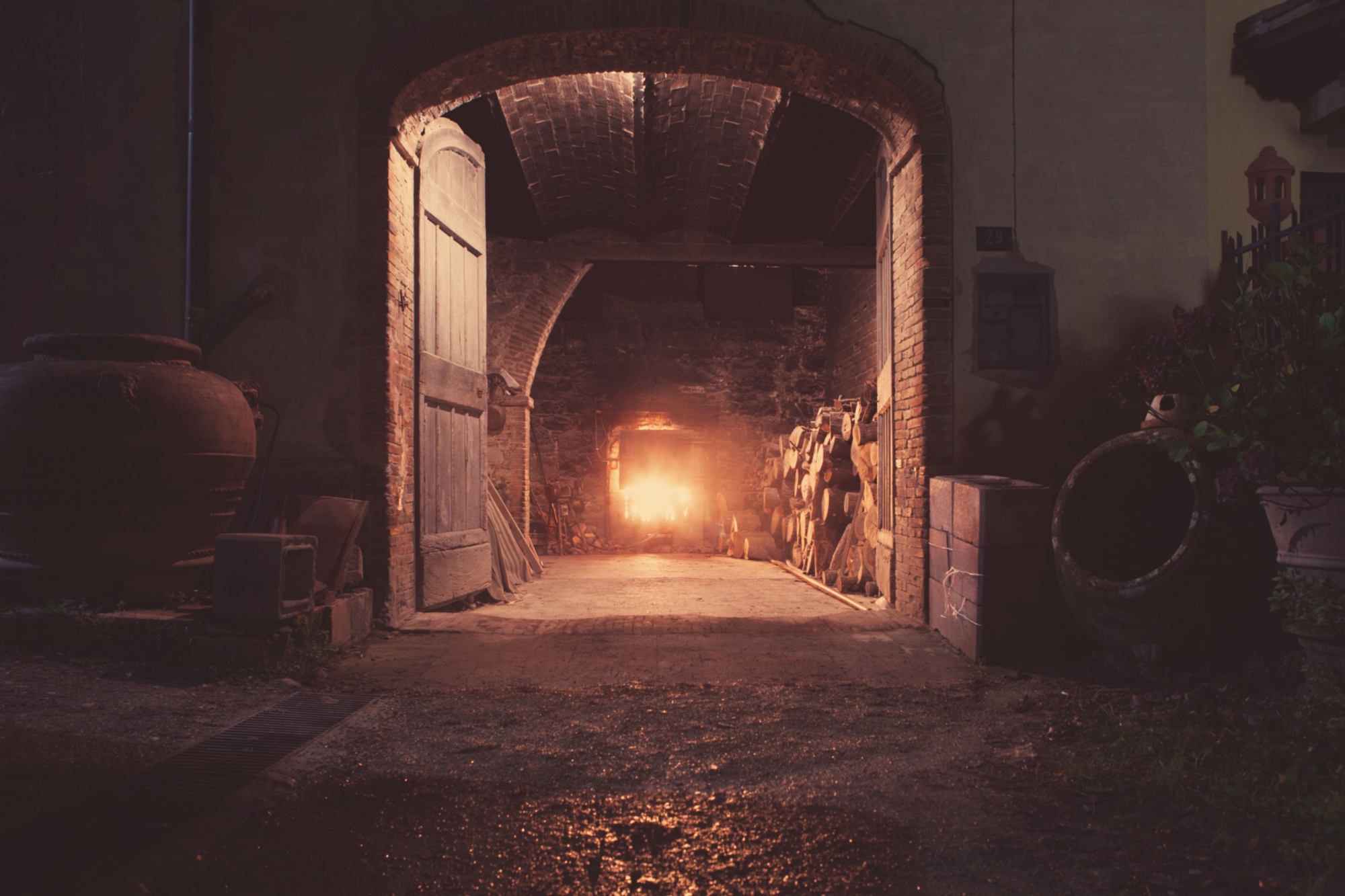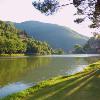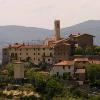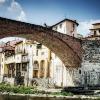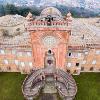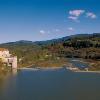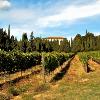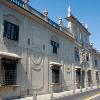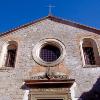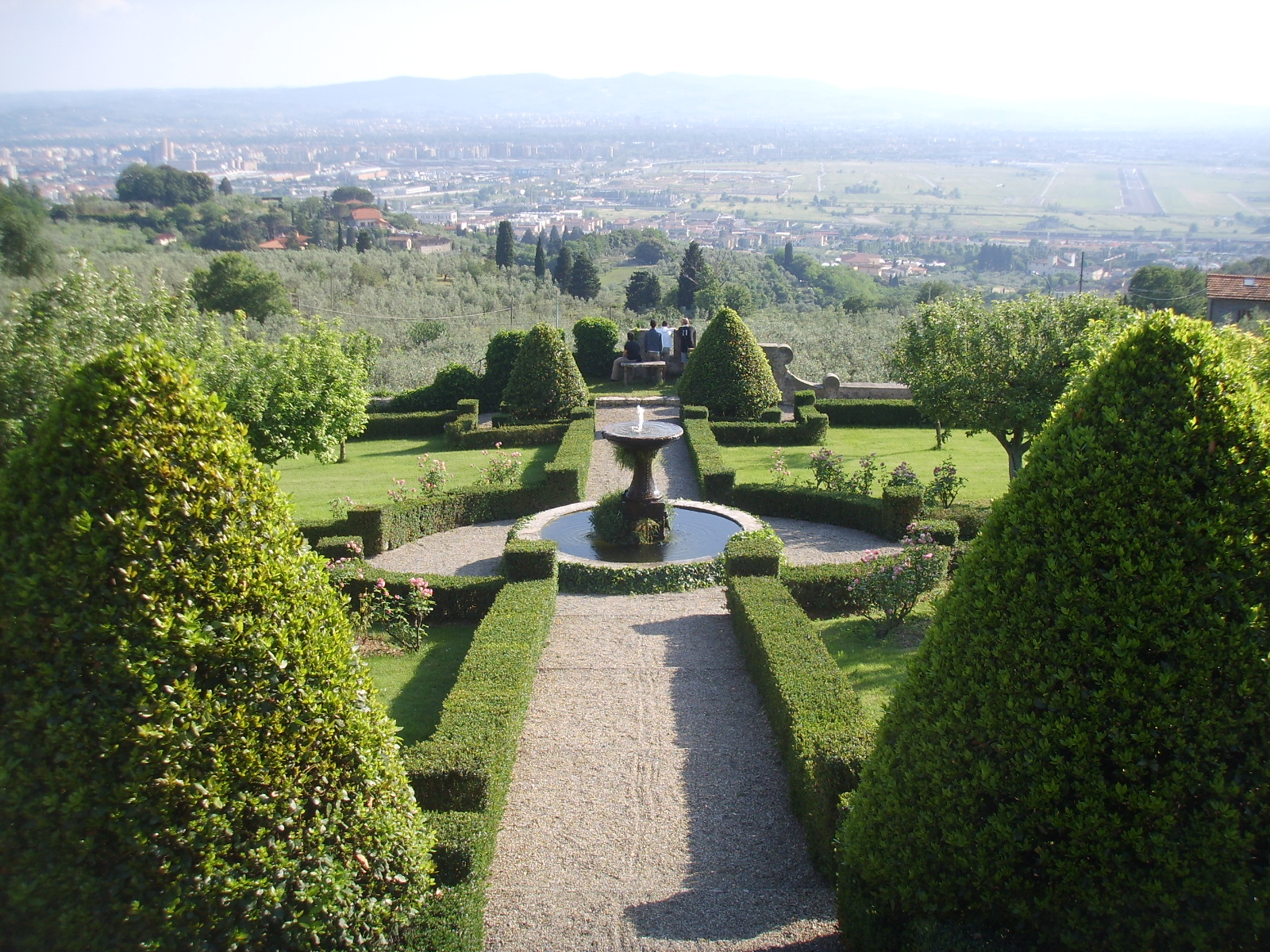Not far from Florence lies the little town of Sesto Fiorentino, famous above all for its tradition of ceramics and for the many potters that call it home. Sesto Fiorentino has a history that dates back to an ancient Etruscan settlement, but it really began to flourish at the time of ancient Romans, thanks to its position along the Via Cassia. In order to encourage urban development here, the Romans did vital reclamation work, and built the first aqueducts that Tuscany had ever known.
Sesto Fiorentino’s social life continued to grow and blossom during the Middle Ages, thanks to ever-heavier commercial traffic. Tower-houses were built as a result, lending the town a formidable aspect.







